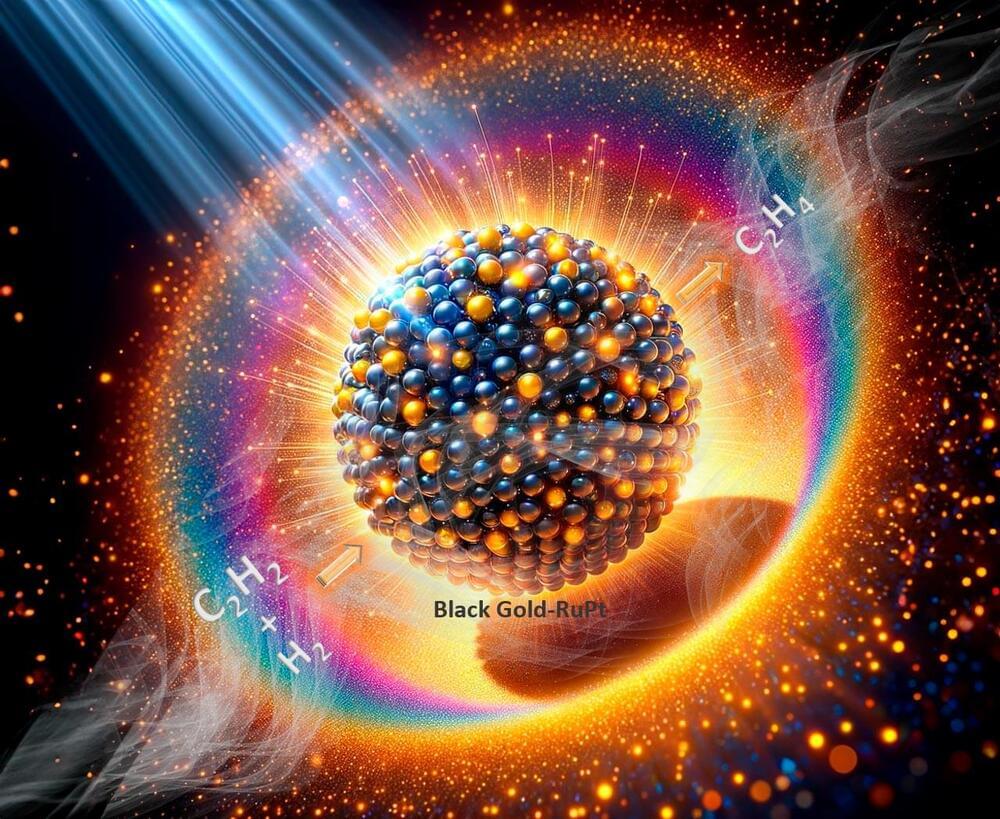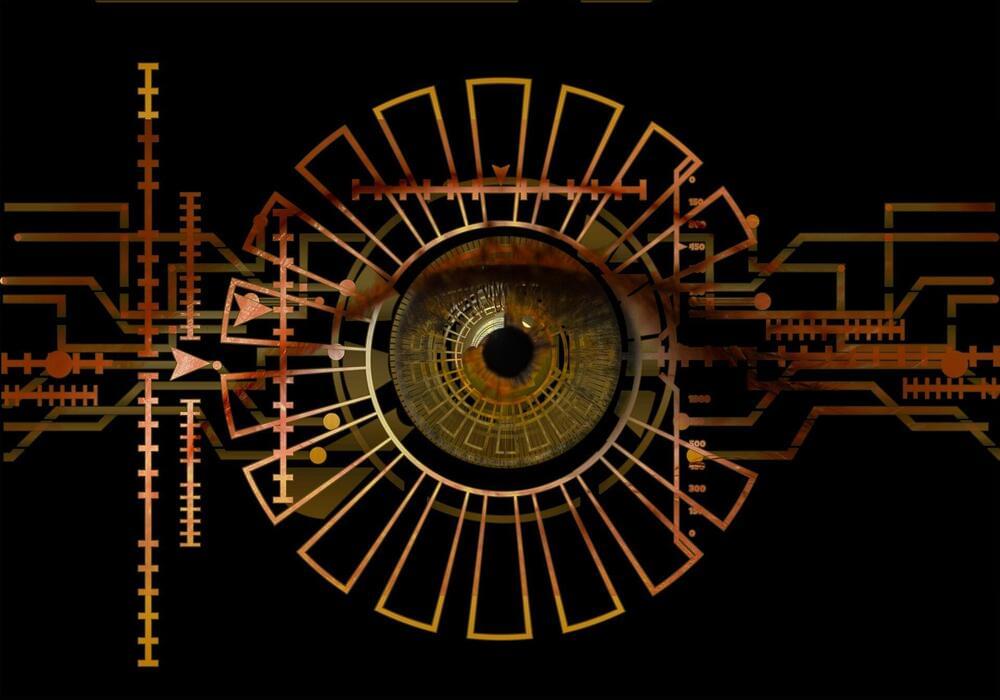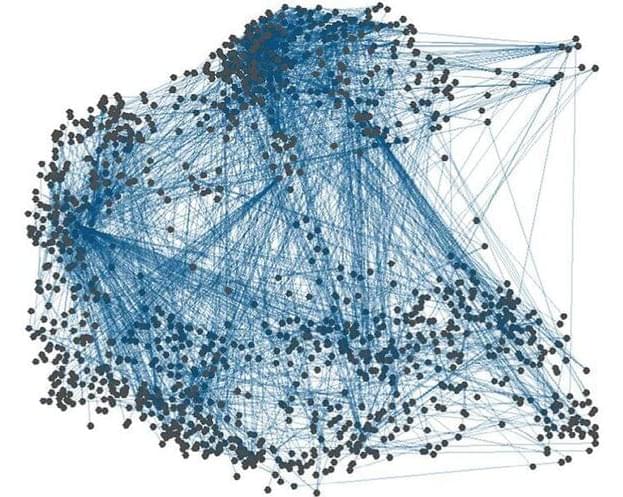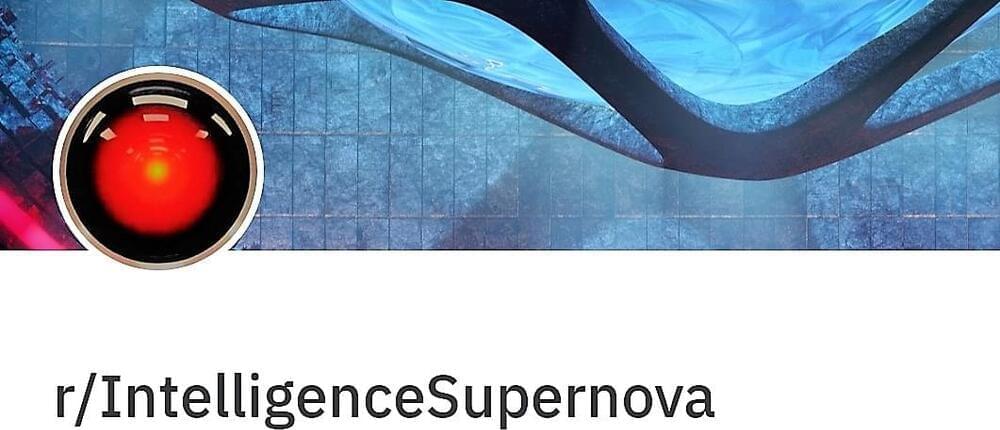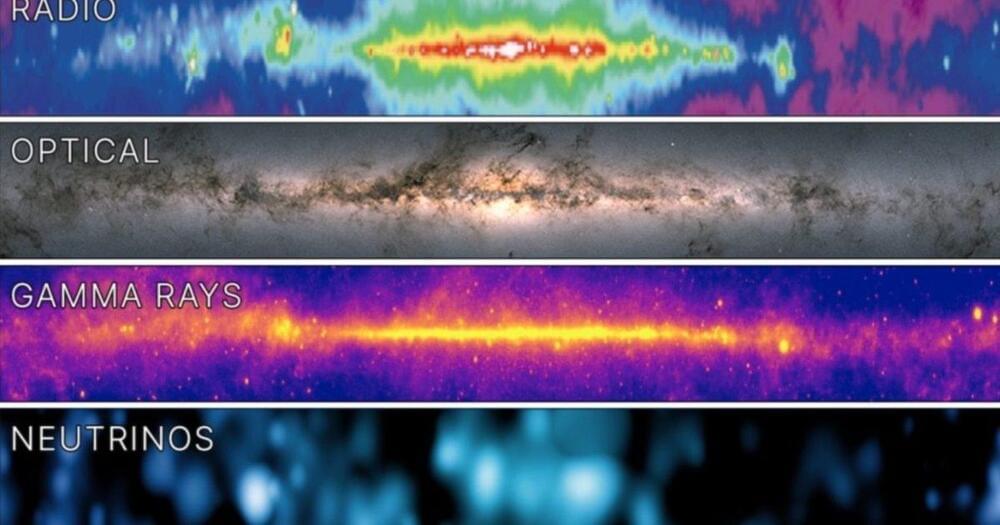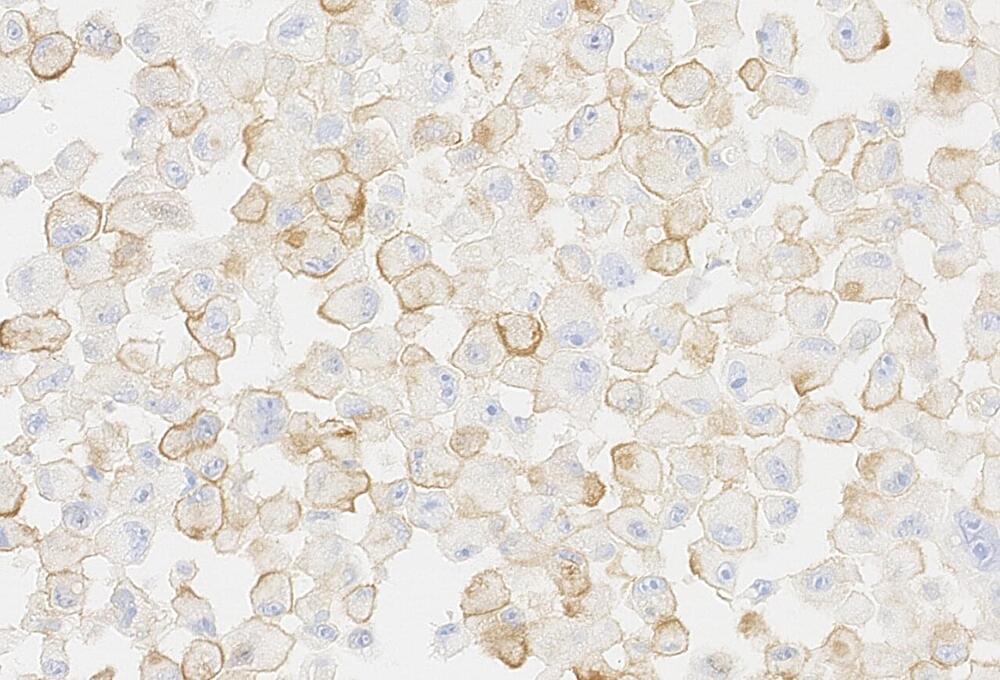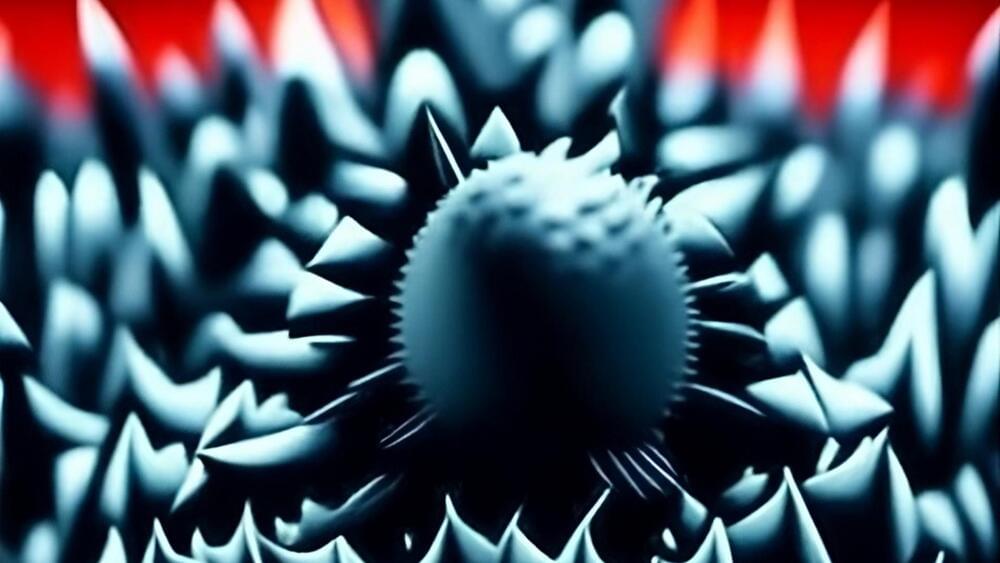A breakthrough plasmonic catalyst, stable in air, revolutionizes acetylene semi-hydrogenation, marking a significant advance in sustainable catalysis.
In a significant breakthrough, Prof. Polshettiwar’s group at TIFR, Mumbai has developed a novel “Plasmonic Reduction Catalyst Stable in Air,” defying the common instability of reduction catalysts in the presence of air. The catalyst merges platinum-doped ruthenium clusters, with ‘plasmonic black gold’. This black gold efficiently harvests visible light and generates numerous hot spots due to plasmonic coupling, enhancing its catalytic performance.
Superior Performance in Semi-Hydrogenation.
